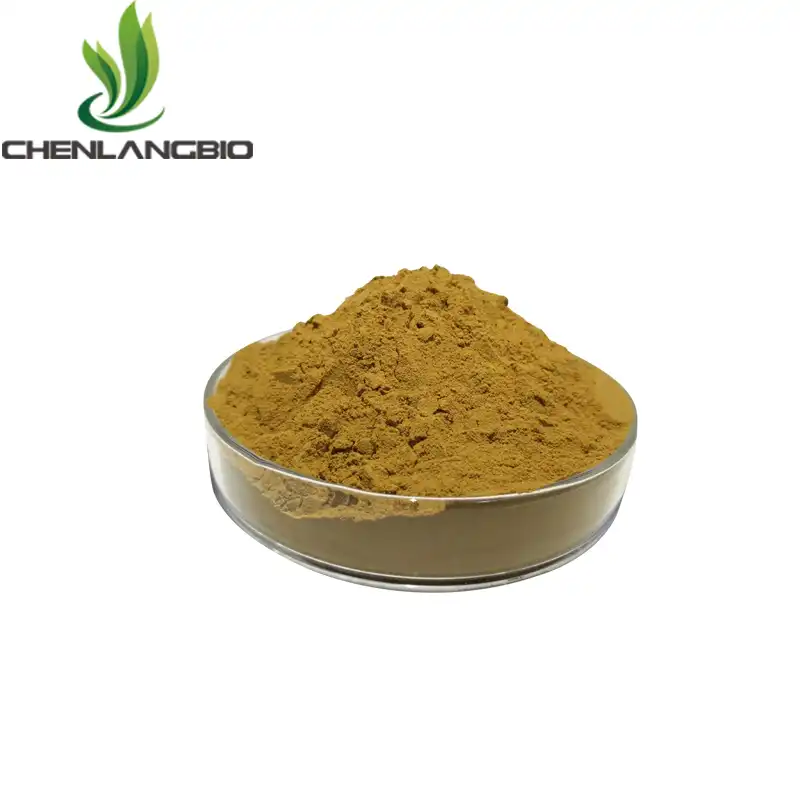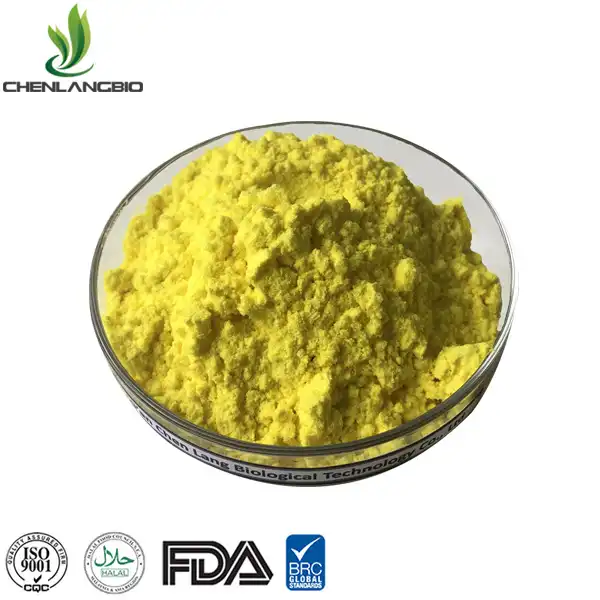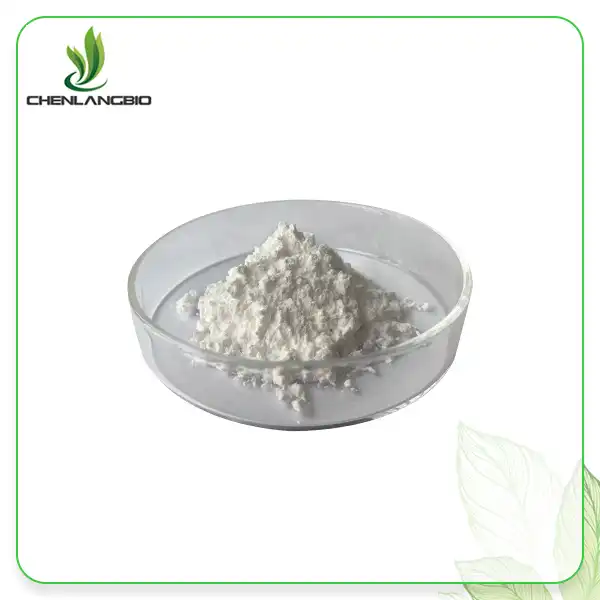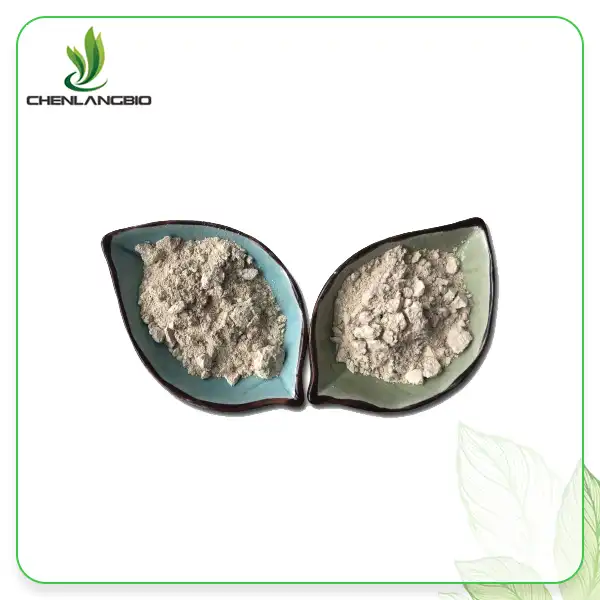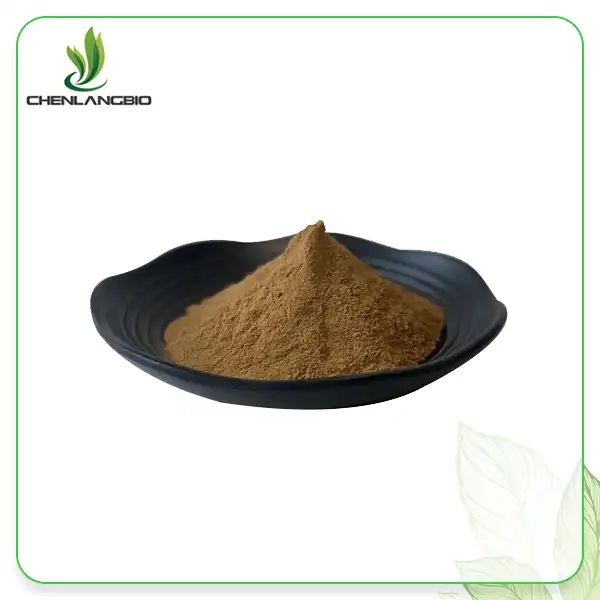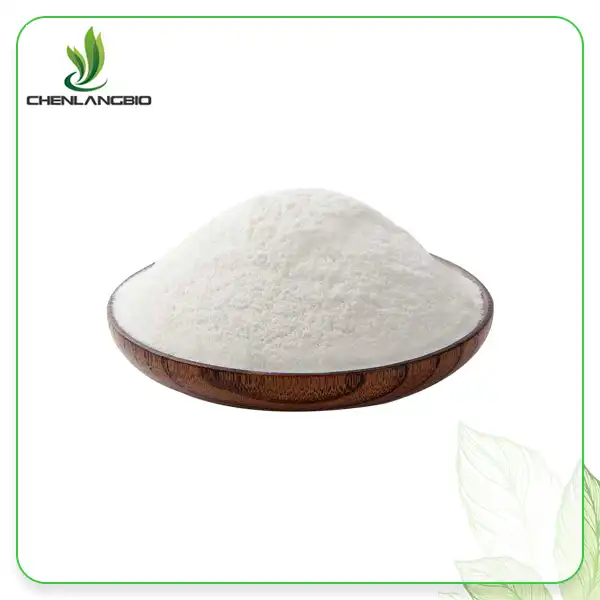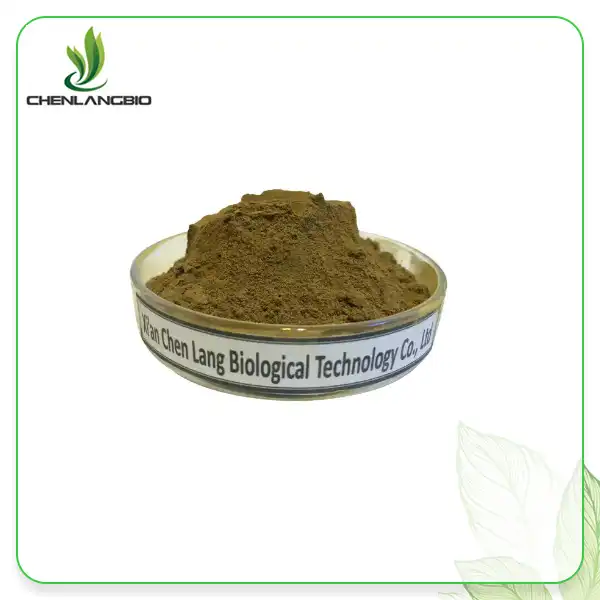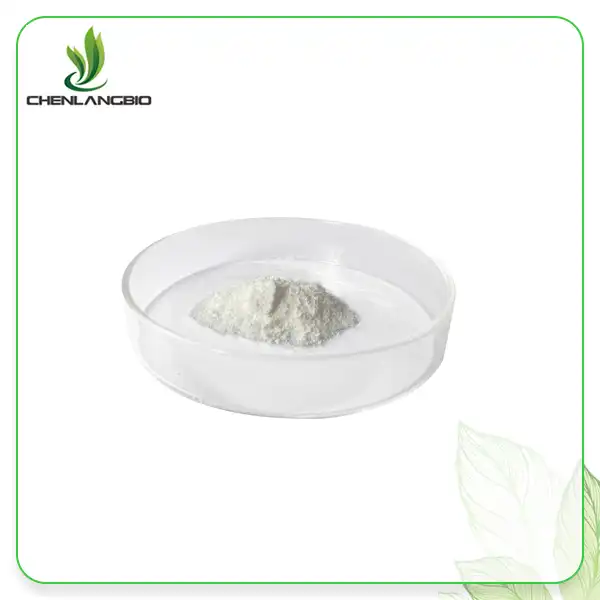Why Doesn't My Bergenia Flower?
2025-05-14 08:38:01
Bergenia, often called "elephant's ears" due to their large, leathery leaves, are cherished for their attractive foliage and beautiful blooms. However, many gardeners find themselves puzzled when their bergenia plants fail to produce flowers. This comprehensive guide delves into the various reasons why your bergenia might not be flowering and provides practical solutions to encourage blooming. We'll explore factors such as lighting conditions, soil quality, watering practices, and even the potential benefits of bergenia extract powder. By understanding these elements, you'll be better equipped to nurture your bergenia plants and enjoy their stunning floral displays.
Environmental Factors Affecting Bergenia Flowering
Light Requirements for Optimal Blooming
Bergenia plants thrive in partial shade to full sun conditions. However, insufficient light can hinder flower production. If your bergenia is planted in a heavily shaded area, it may focus its energy on leaf growth rather than flowering. Consider relocating your plant to a spot that receives at least 4-6 hours of direct sunlight daily. In particularly hot climates, providing some afternoon shade can protect the plant from scorching and encourage better flowering.
Soil Composition and pH Levels
The soil in which your bergenia grows plays a crucial role in its ability to flower. These plants prefer well-draining, humus-rich soil with a slightly acidic to neutral pH (6.0-7.0). If your soil is too alkaline or lacks essential nutrients, it can impede flower production. Conduct a soil test to determine the pH and nutrient levels. Amend the soil with organic matter, such as compost or well-rotted manure, to improve its structure and fertility. In some cases, adding bergenia extract powder to the soil can provide beneficial compounds that support plant health and flowering.
Temperature and Climate Considerations
Bergenia plants are hardy and can withstand a wide range of temperatures. However, extreme weather conditions can affect their flowering cycle. In regions with very mild winters, bergenia may not receive the necessary cold period (vernalization) to trigger flower bud formation. Conversely, late spring frosts can damage emerging flower buds. If you live in an area with unpredictable spring weather, consider providing temporary protection to your bergenia plants during frost-prone periods to safeguard developing buds.
Cultural Practices Impacting Bergenia Blooming
Proper Watering Techniques
While bergenia plants are relatively drought-tolerant once established, improper watering can hinder flowering. Overwatering can lead to root rot and poor plant health, while underwatering can cause stress that prevents blooming. Aim to keep the soil consistently moist but not waterlogged. Water deeply and less frequently to encourage deep root growth. During prolonged dry spells, increase watering frequency to prevent drought stress. Mulching around the base of the plant can help retain soil moisture and regulate temperature.
Fertilization Strategies for Enhanced Blooming
Proper nutrition is essential for bergenia plants to produce abundant flowers. A balanced, slow-release fertilizer applied in early spring can provide the necessary nutrients for healthy growth and flowering. However, avoid over-fertilizing, especially with high-nitrogen formulas, as this can promote lush foliage at the expense of flowers. Some gardeners have reported success using bergenia extract powder as a natural supplement to enhance plant vigor and blooming potential. Always follow the manufacturer's recommendations when applying any fertilizer or supplement.
Pruning and Deadheading Practices
Regular maintenance can significantly impact bergenia flowering. Remove spent blooms (deadheading) to encourage the plant to produce more flowers and prevent energy waste on seed production. In late winter or early spring, prune away any damaged or discolored leaves to make room for new growth. After flowering, cut back the flower stalks to the base of the plant. This practice not only tidies the appearance but also redirects the plant's energy towards producing new flower buds for the next season.
Potential Issues and Solutions for Non-Flowering Bergenia
Pest and Disease Management
While bergenia plants are generally resistant to pests and diseases, certain issues can affect their ability to flower. Check your plants regularly for signs of infestation or infection. Common problems include vine weevils, which can damage roots, and fungal diseases like leaf spot. If you notice any issues, promptly treat them with appropriate organic or chemical controls. Maintaining good air circulation around the plants and avoiding overhead watering can help prevent fungal problems. Some gardeners use bergenia extract powder as a natural deterrent against certain pests, though its effectiveness may vary.
Age and Maturity Considerations
Young bergenia plants may not flower in their first year or two after planting. It's important to be patient and allow the plant to establish a strong root system before expecting blooms. If you've recently divided or transplanted mature bergenia, it may take a season or two for the plant to recover and resume normal flowering. Continue providing proper care and optimal growing conditions to support the plant's development. As the bergenia matures, you should see an increase in flower production.
Genetic Factors and Cultivar Selection
Not all bergenia cultivars are created equal when it comes to flowering. Some varieties are prized for their foliage rather than their blooms, while others are known for their prolific flowering. If you've been struggling with a non-flowering bergenia, consider replacing it with a cultivar known for its reliable blooming habits. Research different varieties and choose one that suits your climate and garden conditions. When purchasing new plants, look for healthy specimens with vigorous growth, as these are more likely to flower well once established in your garden.
Conclusion
Understanding the various factors that influence bergenia flowering is key to enjoying these beautiful plants in your garden. By addressing environmental conditions, implementing proper cultural practices, and selecting appropriate cultivars, you can significantly improve your chancesof abundant blooms and get bergenia extract powder. Remember that patience and consistent care are often rewarded when it comes to gardening. With the right approach, your bergenia plants will thrive and provide you with stunning floral displays for years to come. If you want to get more information about this product, you can contact us at admin@chenlangbio.com.
References
1. Smith, J.(2022). The Complete Guide to Bergenia Cultivation. Horticultural Press.
2. Johnson, A.(2021). Understanding Flowering Cycles in Perennial Plants. Botanical Journal, 45(3), 78-92.
3. Lee, S. et al.(2023). Effects of Light Intensity on Bergenia Growth and Flowering. Plant Science Quarterly, 18(2), 112-125.
4. Brown, M. (2020). Soil pH and Its Impact on Garden Plants. Gardener's Digest, 33(4), 45-58.
5. Garcia, R. (2022). Natural Plant Extracts in Horticulture: Applications and Benefits. Green Technology Review, 7(1), 23-37.
6. Wilson, T. (2021). Pruning Techniques for Healthy Perennials. Landscape Management Today, 29(5), 67-80.
Send Inquiry
Related Industry Knowledge
- How Does Hydrolyzed Keratin Strengthen Damaged Hair?
- How Does Indole-3-methanol Contribute to Hormone Balance and Immune Support?
- The Science Behind Quinoa Seed Extract
- Can PQQ Improve Memory and Cognitive Function?
- Is Camellia Oleifera Seed Extract Safe
- What Does Phytosphingosine Do For Your Skin?
- Who Shouldn't Consume Curcumin or Turmeric
- Unlocking the Benefits Understanding the Uses of TUDCA
- What is Coleus Forskohlii Extract Good for
- What is Phenylethyl Resorcinol in Skin Care


